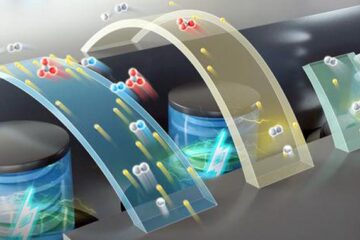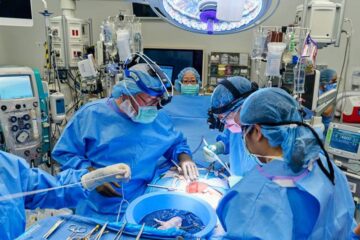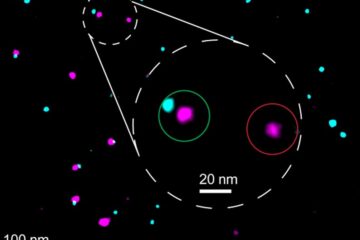Scientists discover new inflammatory target

Scientists from Queen Mary, University of London have found a new therapeutic target to combat inflammation.
The research, published in the journal Cellular and Molecular Life Sciences, revealed tiny organelles called primary cilia are important for regulating inflammation. The findings could lead to potential therapies for millions of people who suffer from arthritis*.
Dr Martin Knight who led the research at Queen Mary's School of Engineering and Materials Science said: “Although primary cilia were discovered more than a century ago, we're only beginning to realise the importance they play in different diseases and conditions, and the potential therapeutic benefits that could be developed from manipulating cilia structure and function.”
The researchers investigated the role of primary cilia in inflammation. They took cartilage cells and exposed them to a group of inflammatory proteins called cytokines, specifically interleukin-1 (IL-1), to see whether there were any changes to the primary cilia.
“When we exposed the cells to IL-1, in just three hours the primary cilia showed a 50 per cent increase in length,” he said.
“But what was most interesting was when we treated cells to prevent this elongation of the cilium. The cartilage cells had a greatly reduced response to the inflammatory proteins and were therefore not as inflamed. This suggests a brand new therapeutic target for inflammation.”
Co-author Dr Angus Wann, said this is the first time primary cilia have been suggested as a target for novel therapies to reduce the effects of inflammation.
“If we can work out how to better manipulate the primary cilium, we could potentially attenuate or even prevent inflammation,” he said.
* 8 million people in the UK suffer from arthritis. The research could also benefit others who suffer from illnesses which cause inflammation.
Media Contact
More Information:
http://www.qmul.ac.ukAll latest news from the category: Life Sciences and Chemistry
Articles and reports from the Life Sciences and chemistry area deal with applied and basic research into modern biology, chemistry and human medicine.
Valuable information can be found on a range of life sciences fields including bacteriology, biochemistry, bionics, bioinformatics, biophysics, biotechnology, genetics, geobotany, human biology, marine biology, microbiology, molecular biology, cellular biology, zoology, bioinorganic chemistry, microchemistry and environmental chemistry.
Newest articles

High-energy-density aqueous battery based on halogen multi-electron transfer
Traditional non-aqueous lithium-ion batteries have a high energy density, but their safety is compromised due to the flammable organic electrolytes they utilize. Aqueous batteries use water as the solvent for…

First-ever combined heart pump and pig kidney transplant
…gives new hope to patient with terminal illness. Surgeons at NYU Langone Health performed the first-ever combined mechanical heart pump and gene-edited pig kidney transplant surgery in a 54-year-old woman…

Biophysics: Testing how well biomarkers work
LMU researchers have developed a method to determine how reliably target proteins can be labeled using super-resolution fluorescence microscopy. Modern microscopy techniques make it possible to examine the inner workings…





















